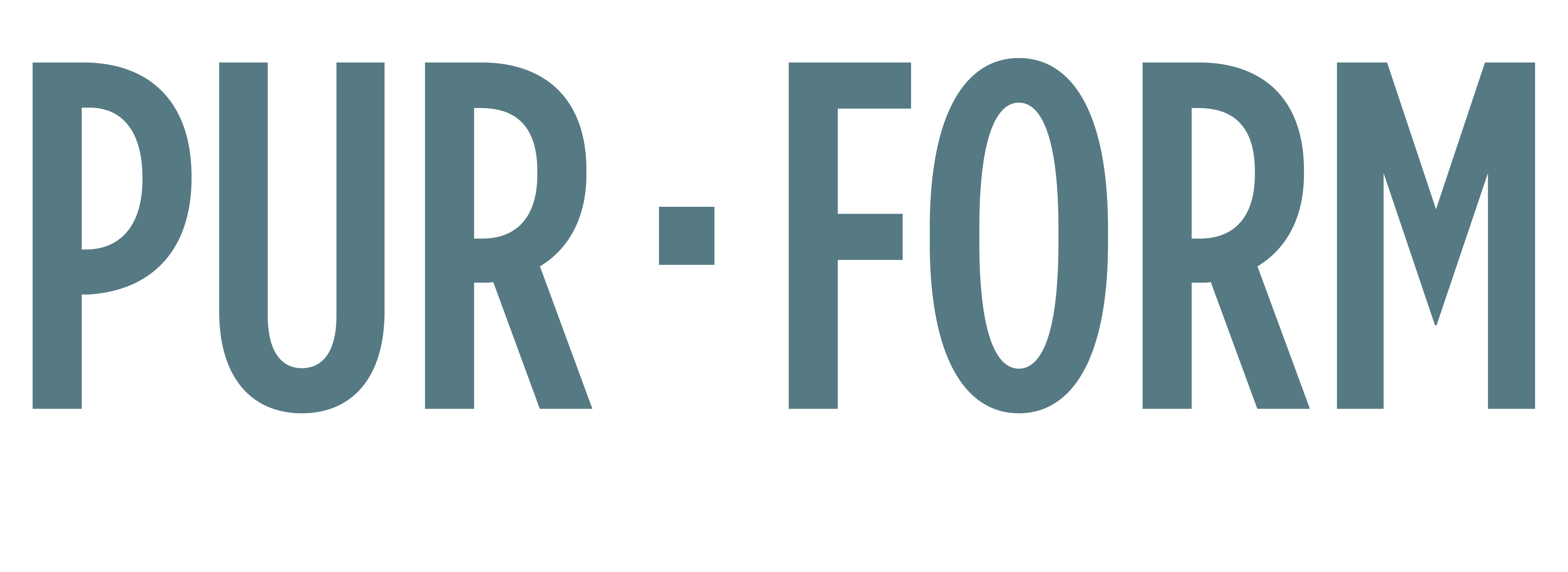
5 Hacks to Become a Cold Plunge Pro (Without Turning Blue)
April 24, 2024
So, you’ve heard the buzz about cold plunging. Supposedly it’s the new magic bullet for everything from killer energy to muscles that feel like butter. But let’s be honest, the idea of willingly jumping into ice water sounds about as appealing as a penguin convention in the Arctic.
Hold your horses (or should we say, walruses?) Conquering the cold plunge doesn’t have to be a white-knuckled experience. Here are 5 ways to dip your toes (literally) into the chilly world of cold plunges and actually make it a habit:
- Baby Steps, Not Polar Bear Jumps: Nobody goes from hot cocoa to ice baths overnight. Start slow! Ease your body in with cool showers, gradually turning the knob down over time. You can even begin with a cold foot bath or a splash of icy water on your face and arms. Aim for a quick 30 seconds to 1 minute at first, then extend the time as you get used to the cold.
- Buddy Up, Don’t Freeze Up: Dreading the plunge alone? Grab a friend and make it a party! Having a buddy by your side keeps things fun and provides a much-needed dose of encouragement (and maybe a towel to dry each other off). There are even cold plunge communities out there – who knew? The camaraderie can make the whole experience way more enjoyable.
- Routine is Your BFF: Want your cold plunges to stick? Make them part of your daily routine. Maybe a morning cold shower to jumpstart your day or an evening dip to soothe sore muscles after a workout. Maybe a weekly visit to PUR-FORM for contrast therapy to “heat things up” for even more positive results. Consistency is key, so pick a time that works for you and stick with it.
- Breathe Like a Boss: Cold water can send your body into a bit of a panic, making you breathe like a fish out of water. Here’s the secret weapon: deep breaths! Focus on slow, controlled inhales and exhales throughout the plunge. This helps you stay calm and collected, even when surrounded by ice cubes.
- Warm Up Like a Champ: Don’t just stand there shivering after your ice bath! Get your body temperature back up ASAP. A hot shower, infrared sauna, some jumping jacks, or anything that gets your blood flowing works wonders. Warming up quickly helps your body get back to normal and reduces the risk of getting, well, too cold. Also, combining cold plunge with heat therapy can exponentially increase the positive health effects by creating heat shock proteins in addition to the cold shock proteins that cold plunge creates.
Remember, becoming a cold plunge pro is all about taking it slow and listening to your body. Be patient, gradually increase the intensity, and most importantly, have fun! Before you know it, you might just be raving about the cold plunge to all your friends (while secretly enjoying the fact that you feel amazing).
READY TO REGENERATE, REVITALIZE AND RECOVER WITH US?
Ready to unleash your purest form?
Request a consultation



